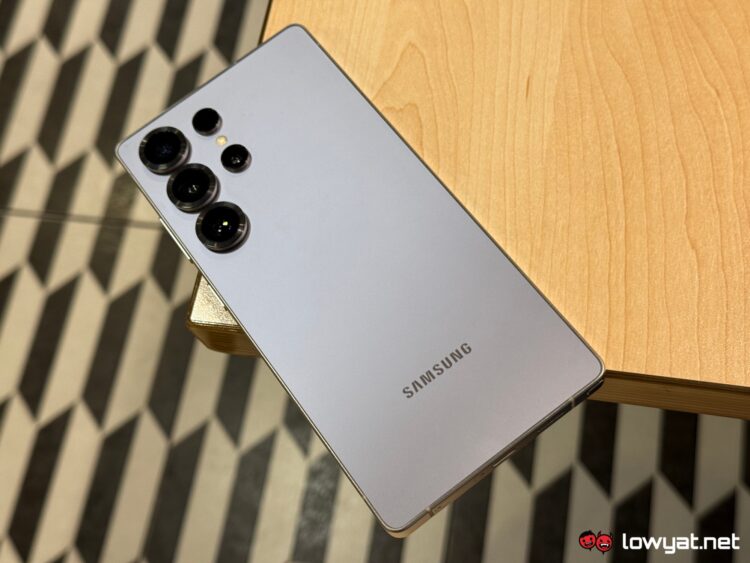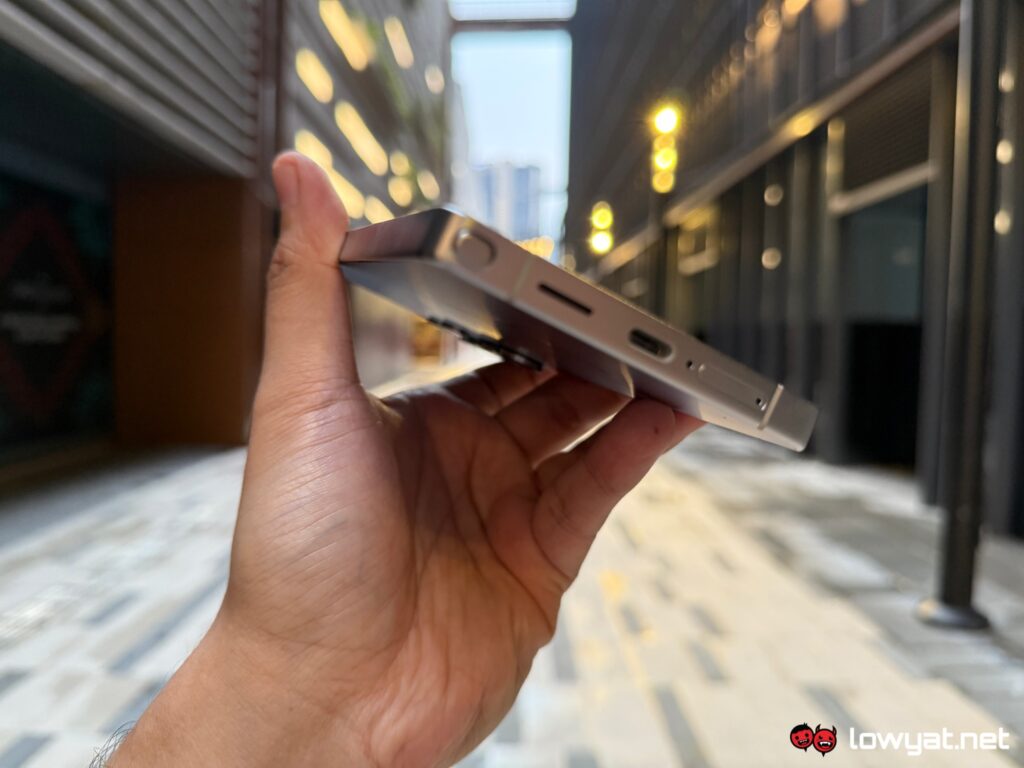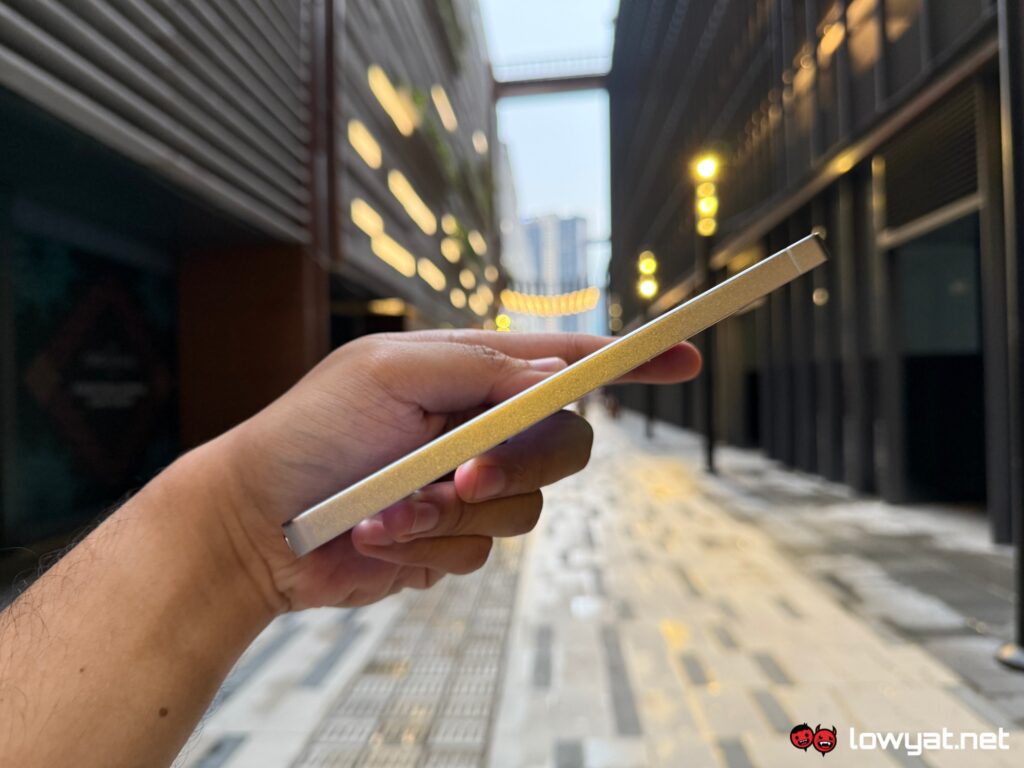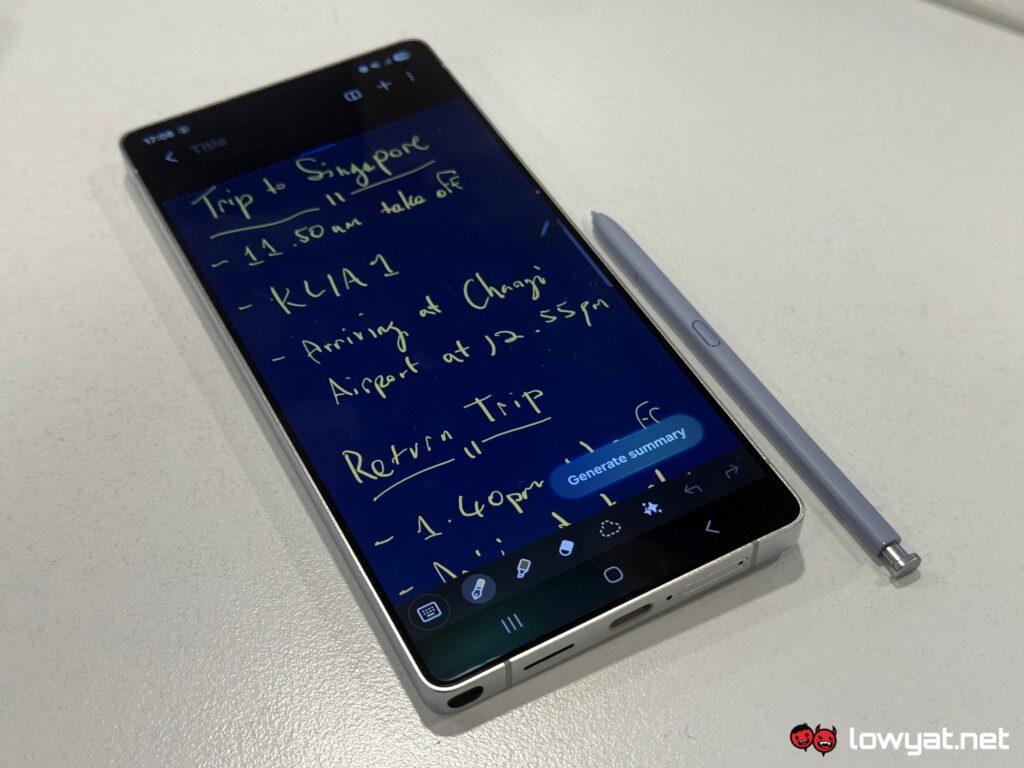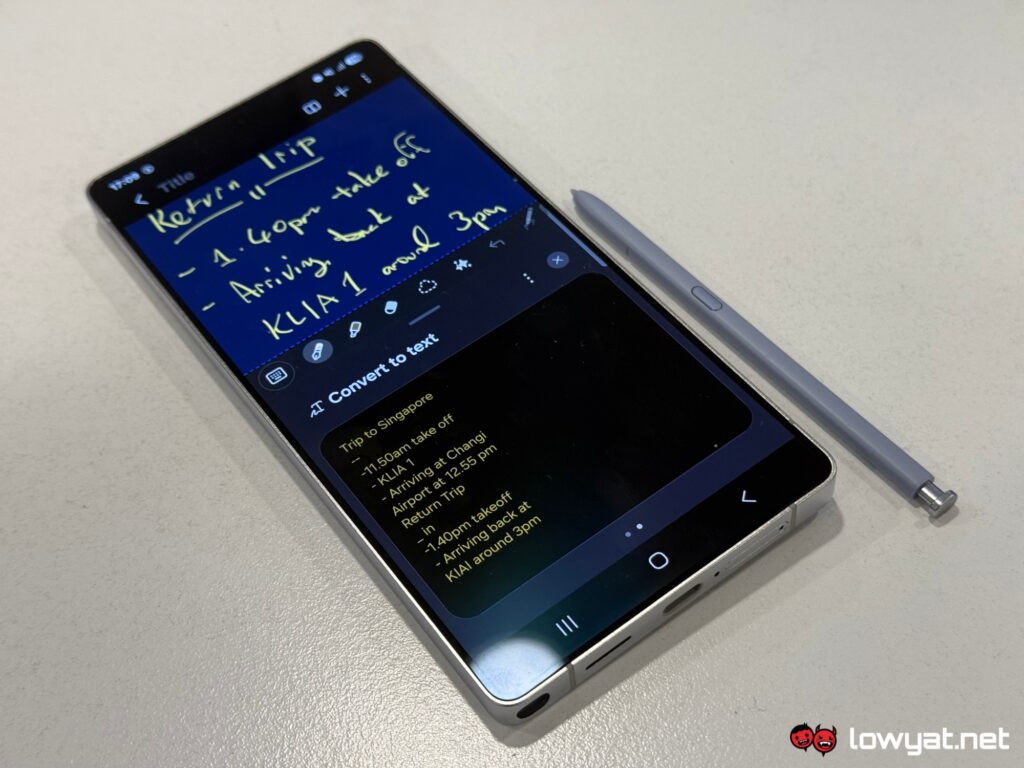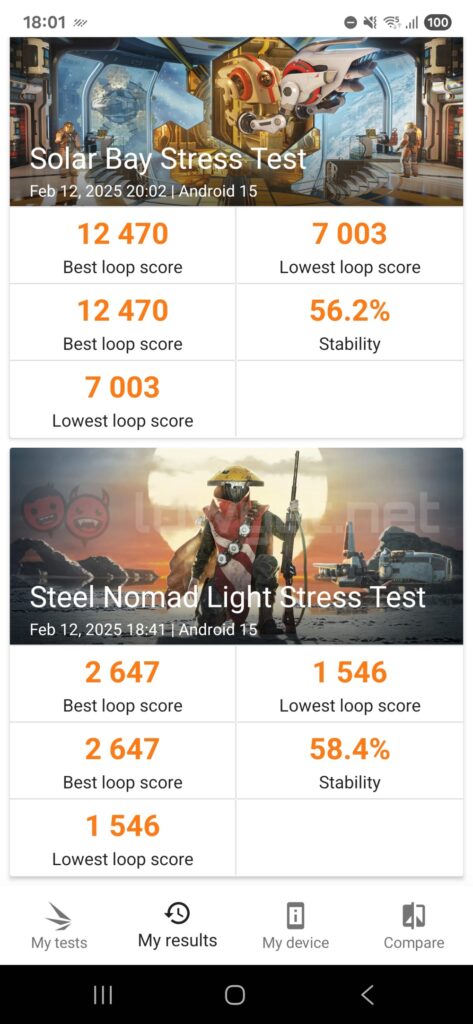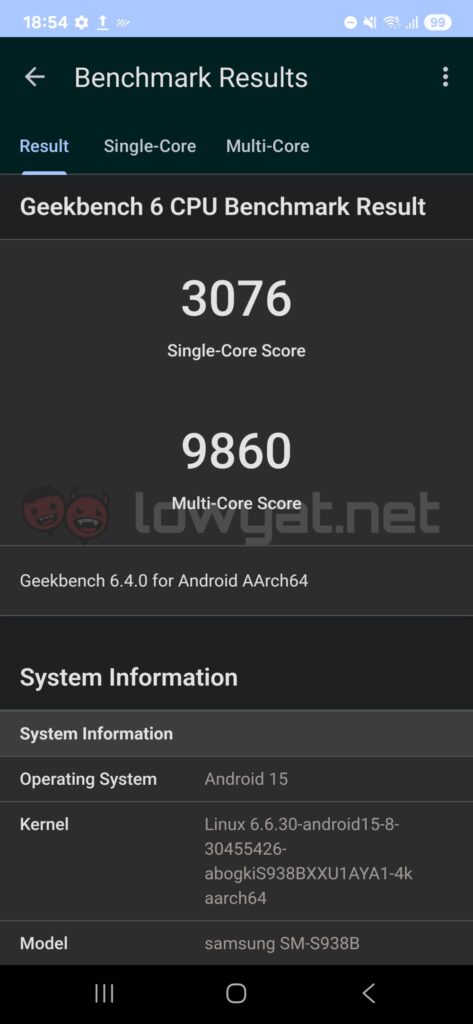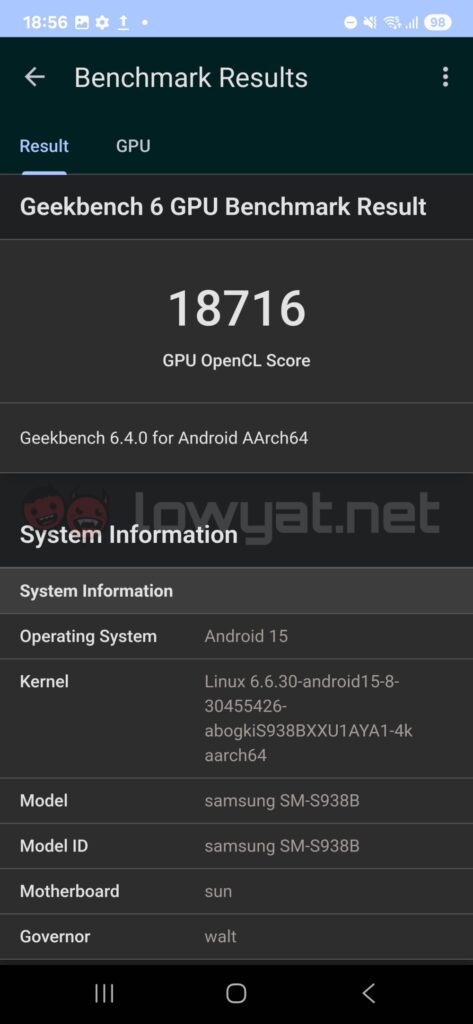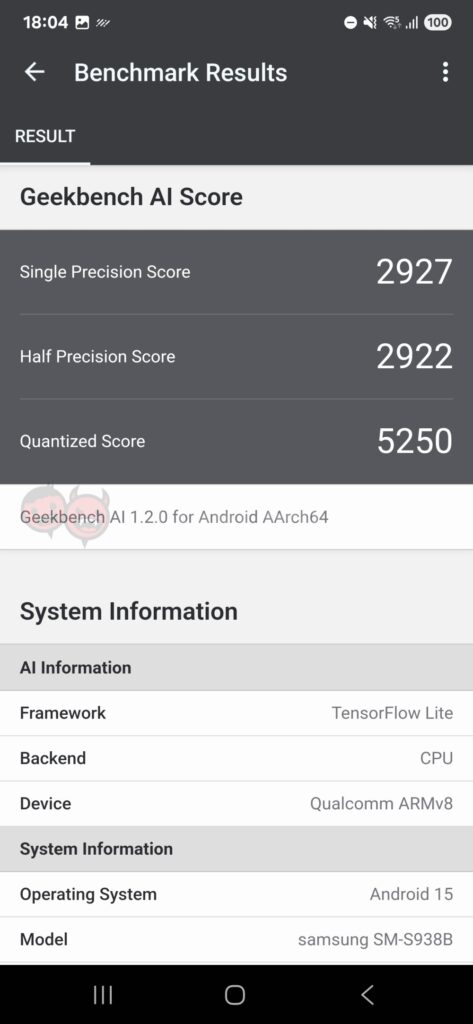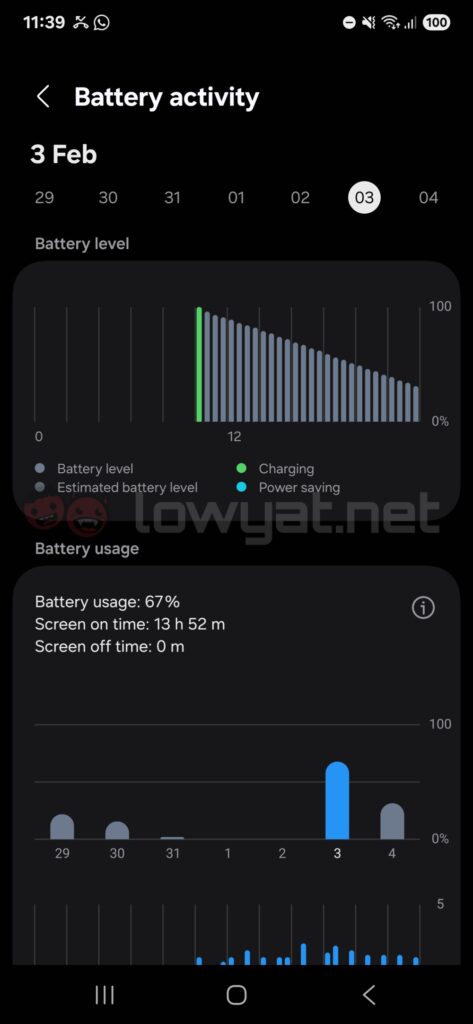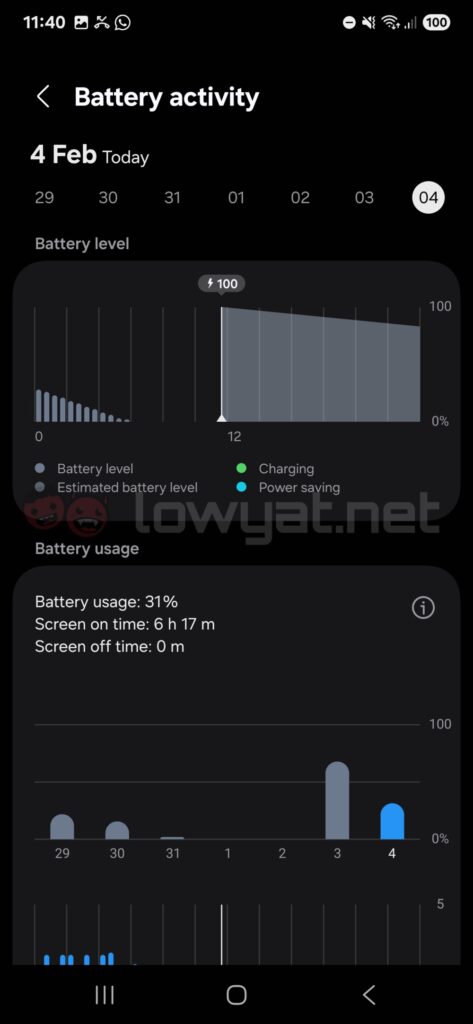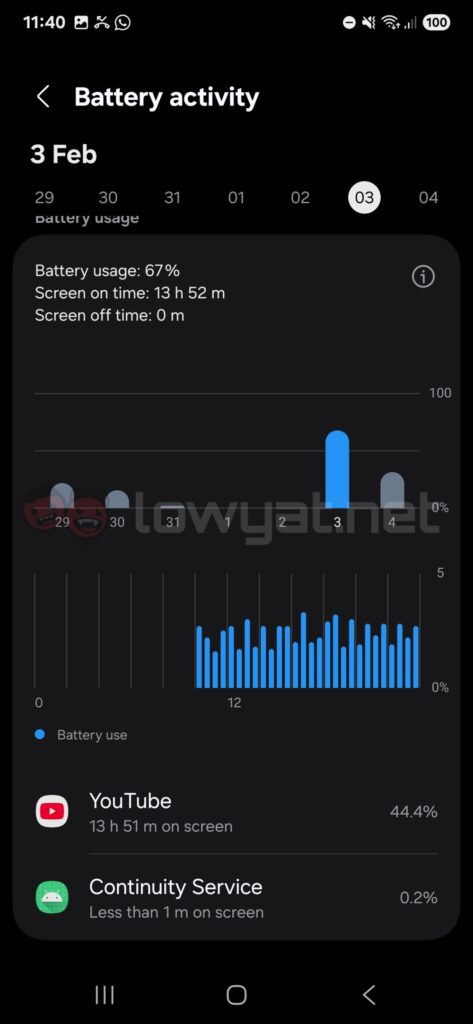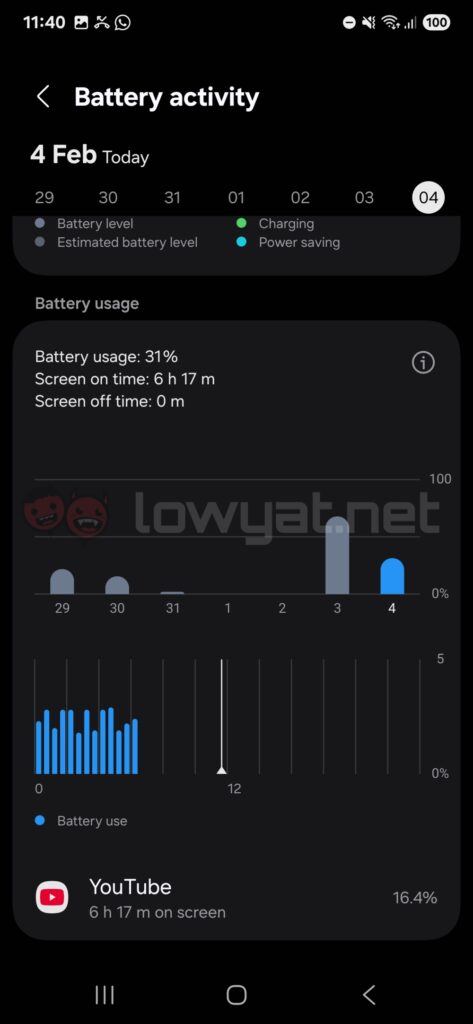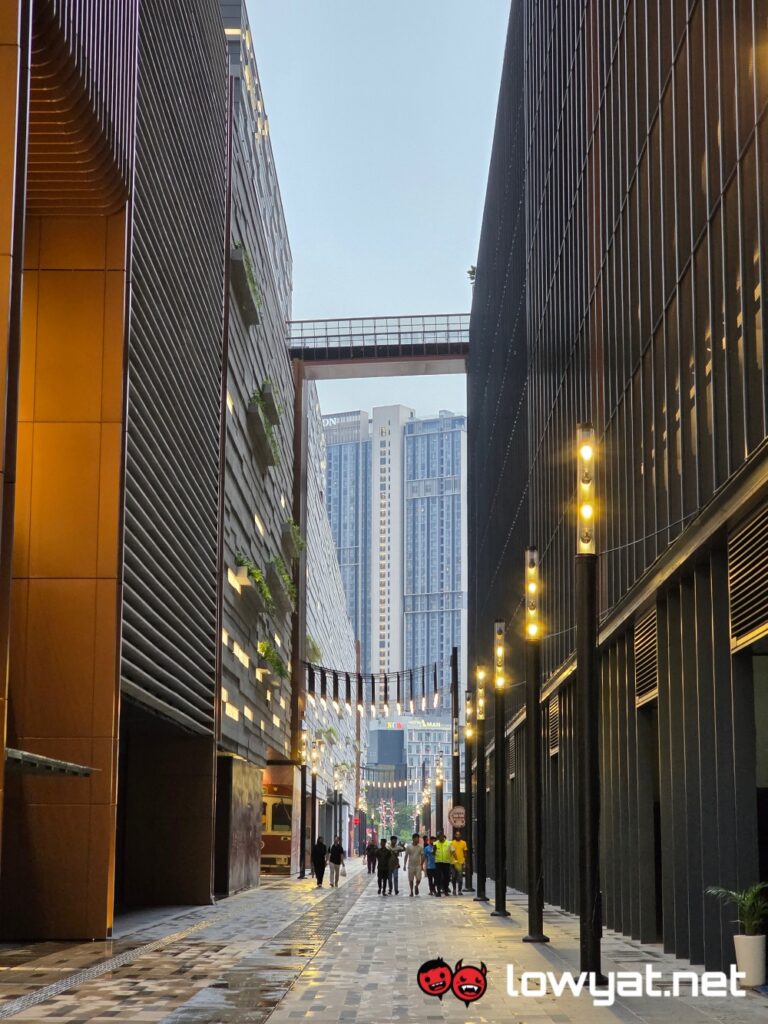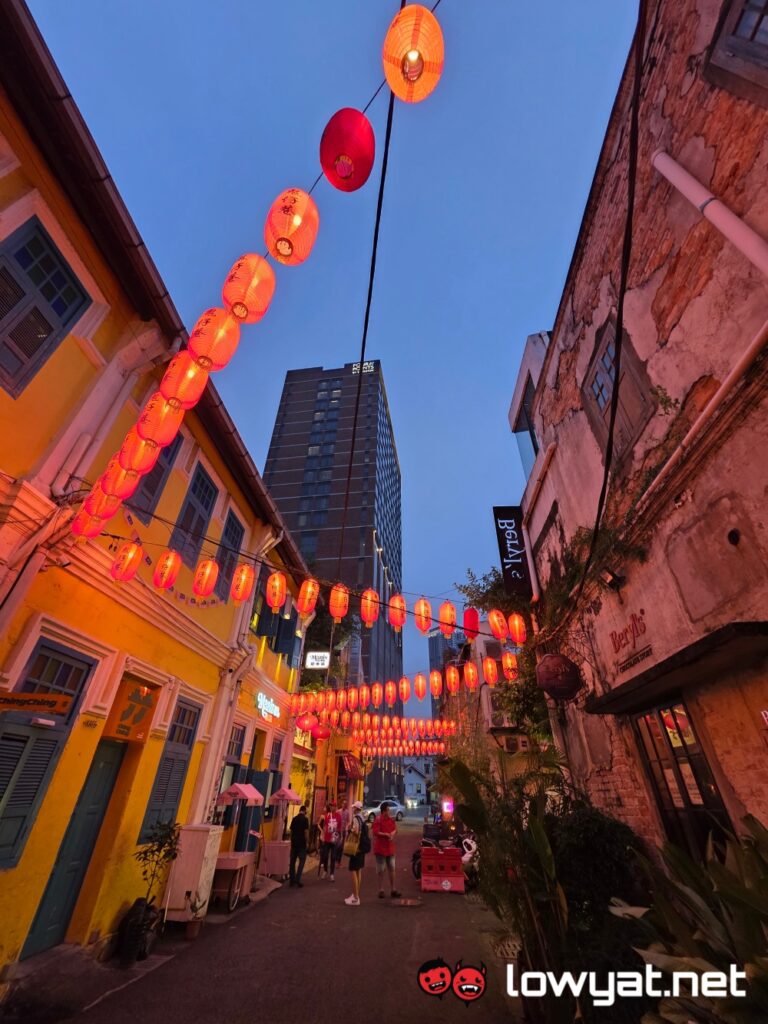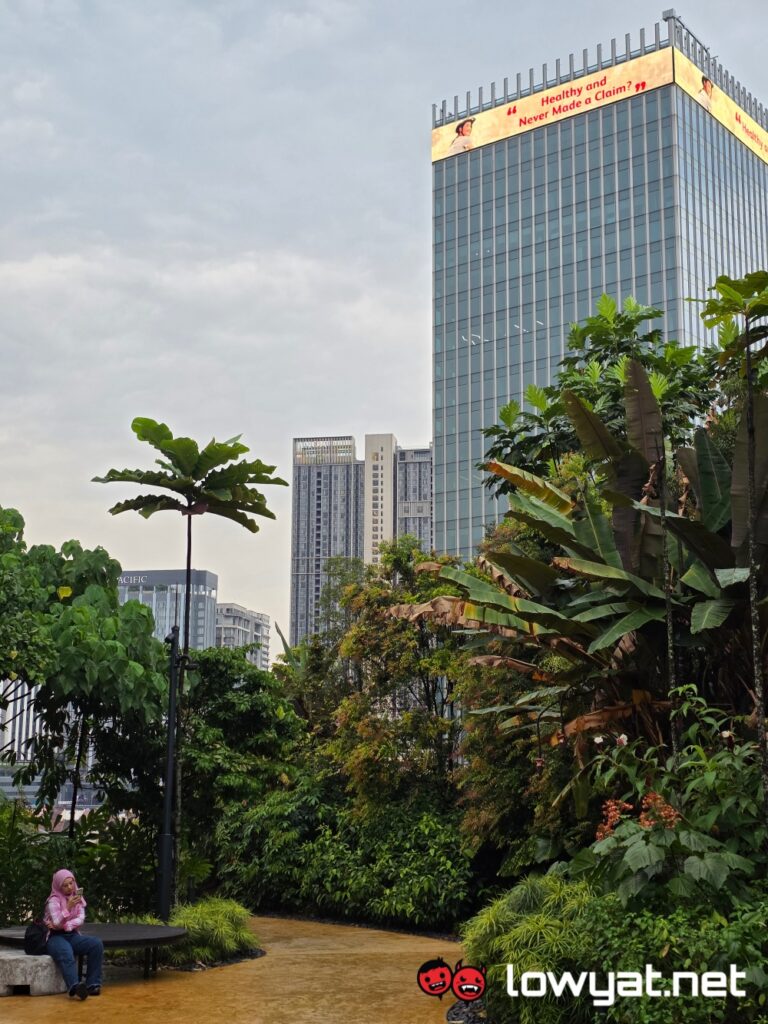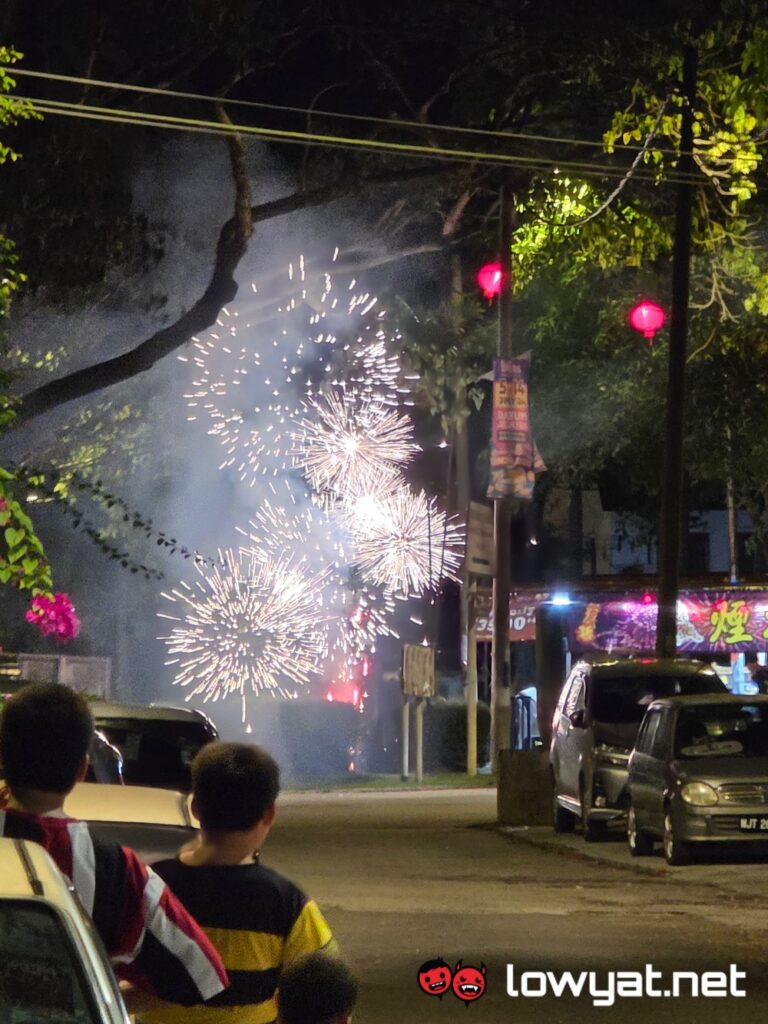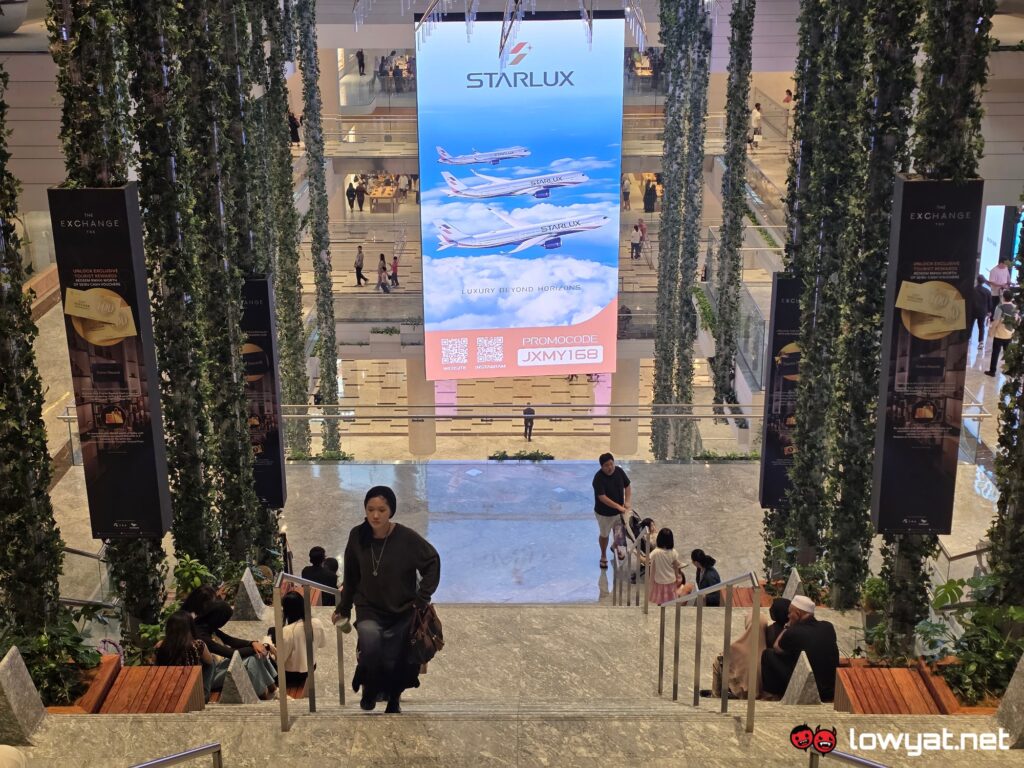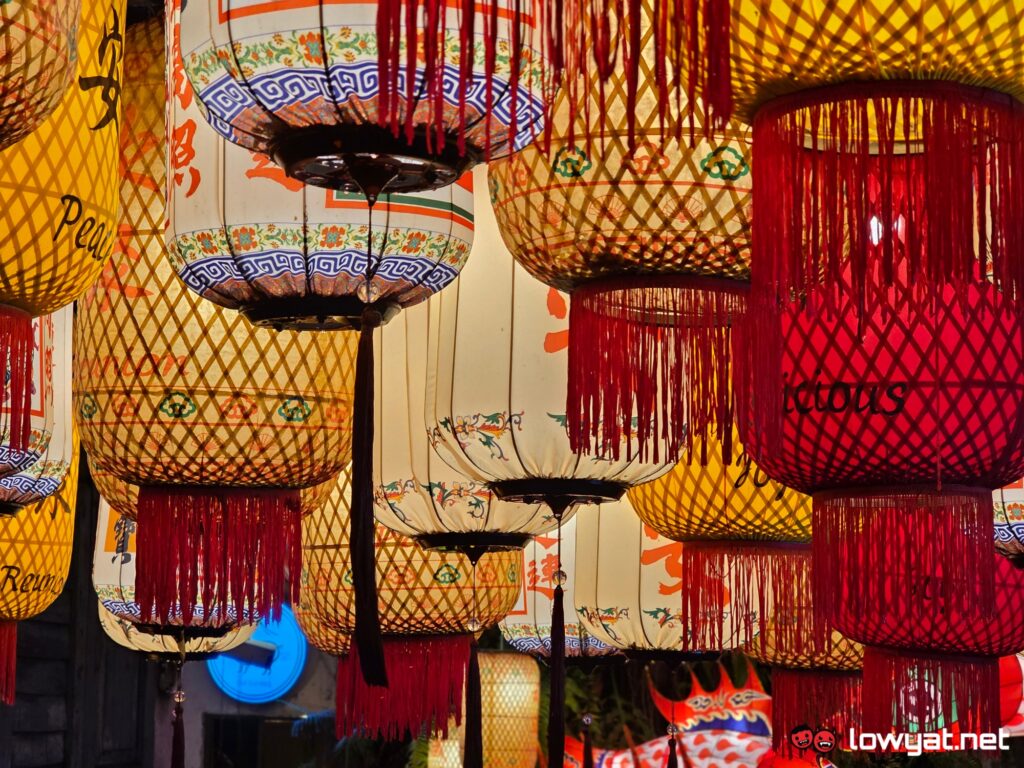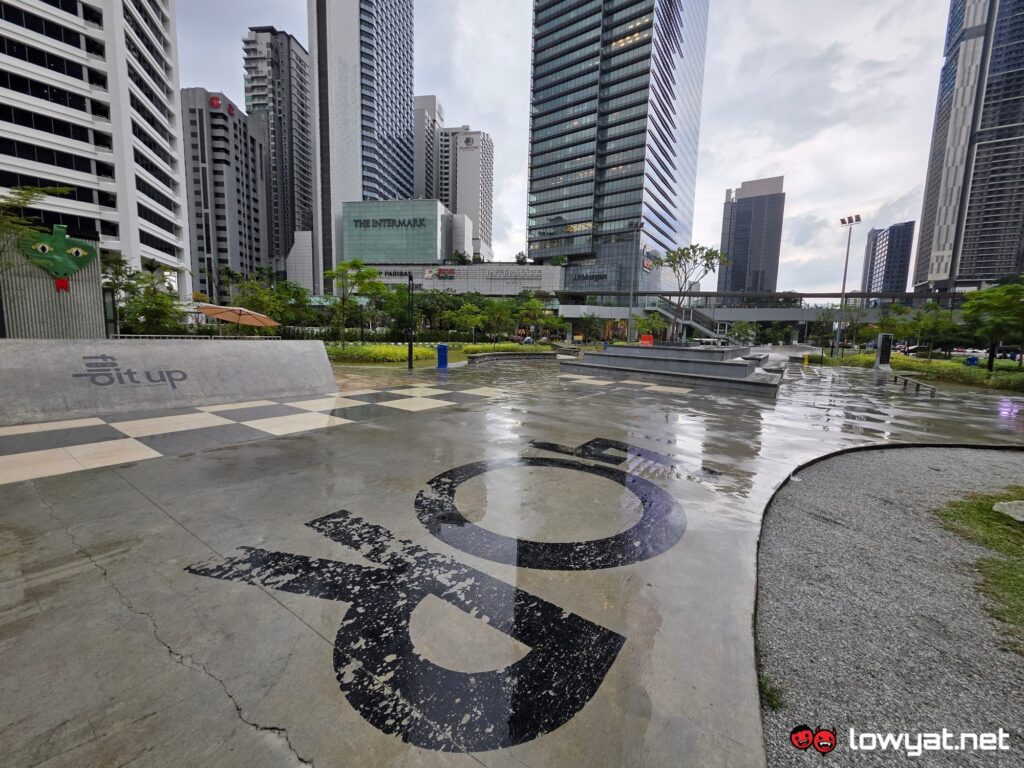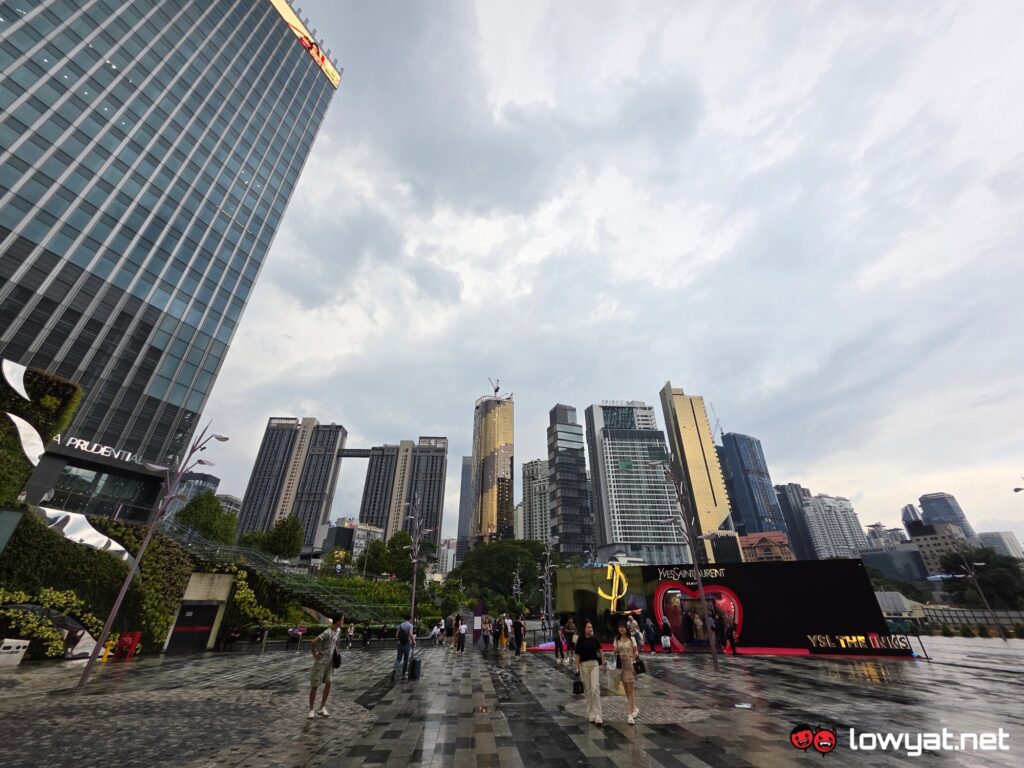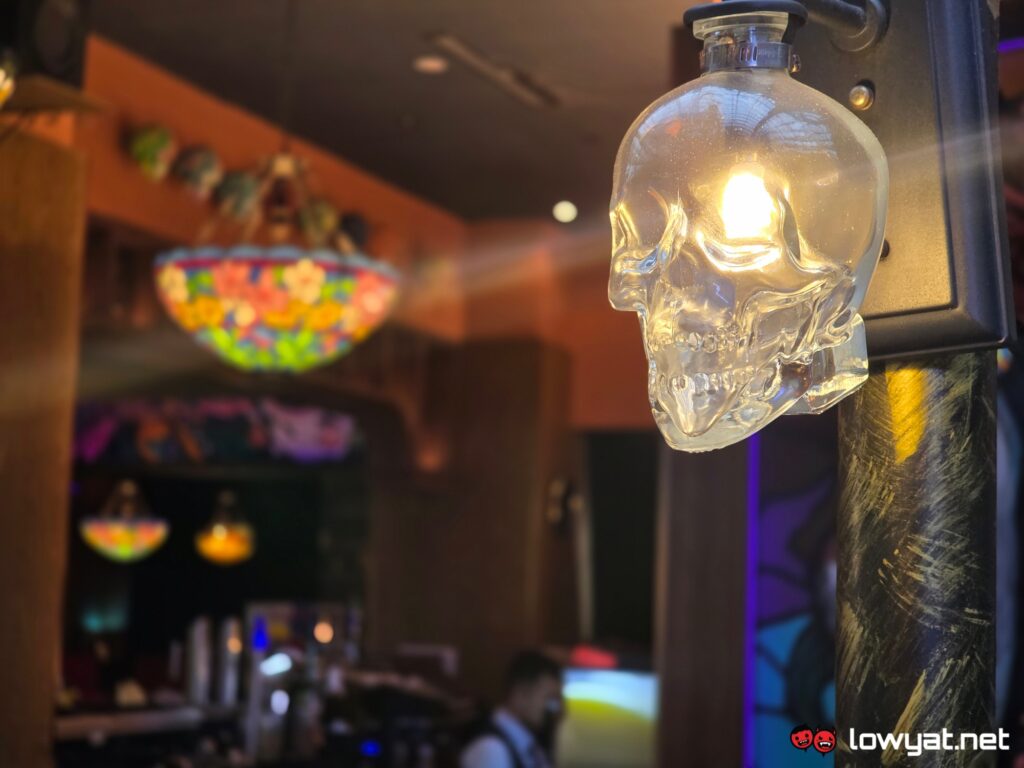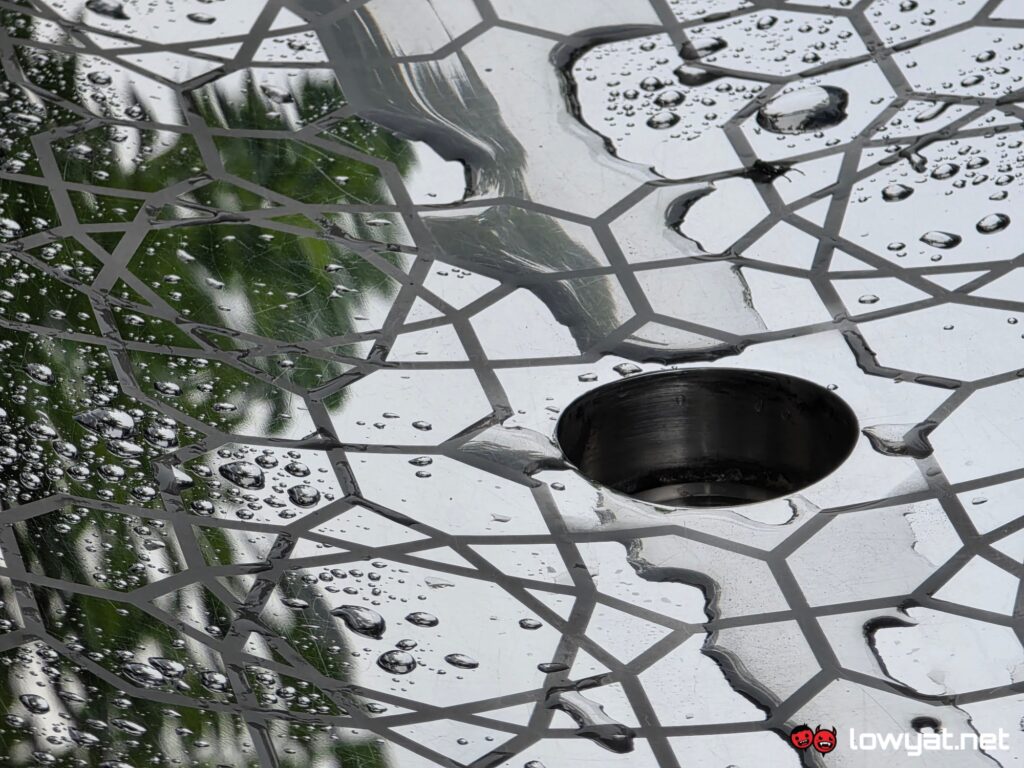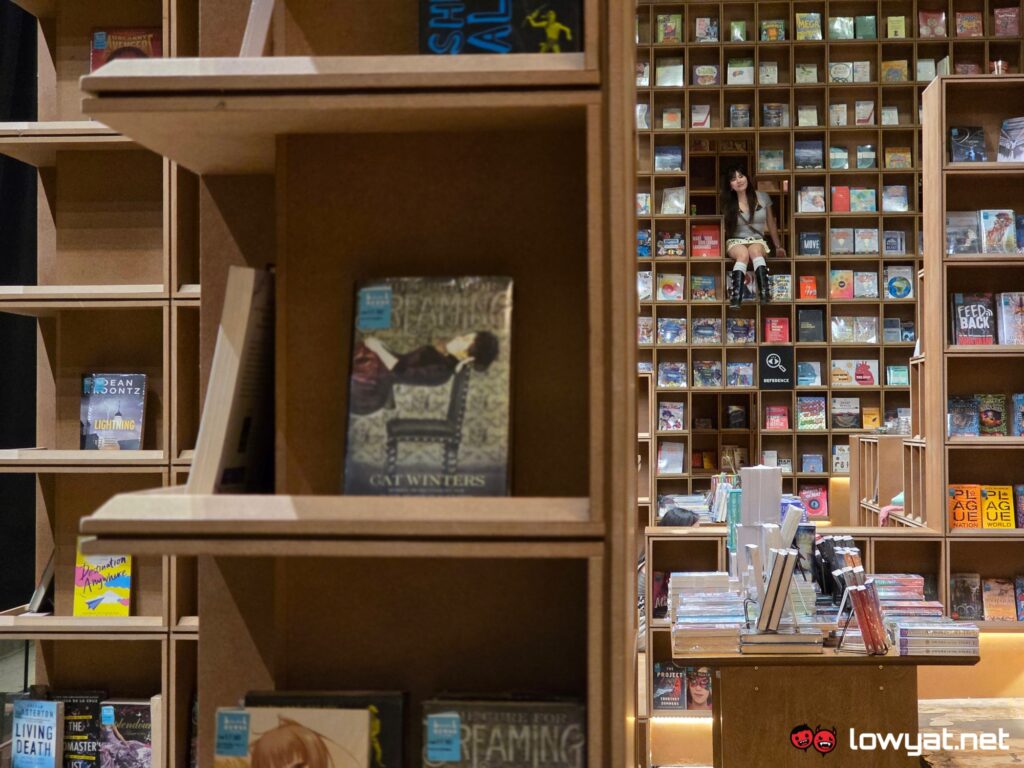For several years now, Ultra variants have been intended to be the best-of-the-best, offering users with better hardware and features not offered on lesser models from the same series. In Samsung’s case, it all started with the Galaxy S20 Ultra, which became the brand’s first device to feature a massive display, as well as its then-groundbreaking 108MP camera sensor and Space Zoom capability.
Since then, almost every Ultra iteration has introduced a new innovation from Samsung in one way or another. This has given fans a reason to be excited for the next exclusive feature on each consecutive release.
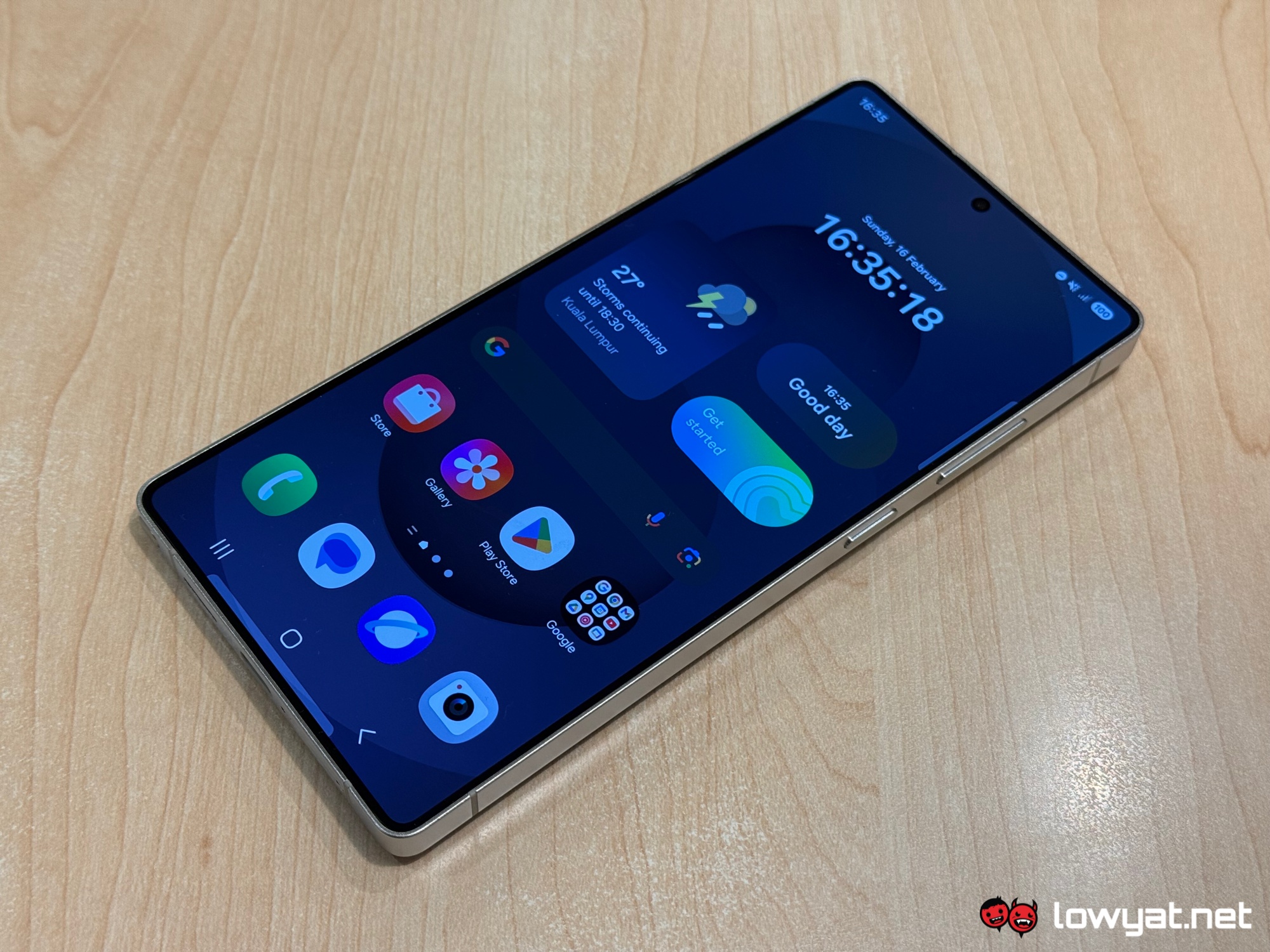
Enter the Galaxy S25 Ultra, which officially launched last month. As with its predecessors, it remains to be Samsung’s top-of-the-line model, packed with the best imaging system, battery capacity and much more. However, there will be a number of people who will find this year’s iteration to be an underwhelming entry, as most of the changes revolve around software rather than hardware and design.
Does that make it a bad device altogether? The quick answer to that is “no”, but there’s still plenty more to discuss, so hang on tight.
Specifications
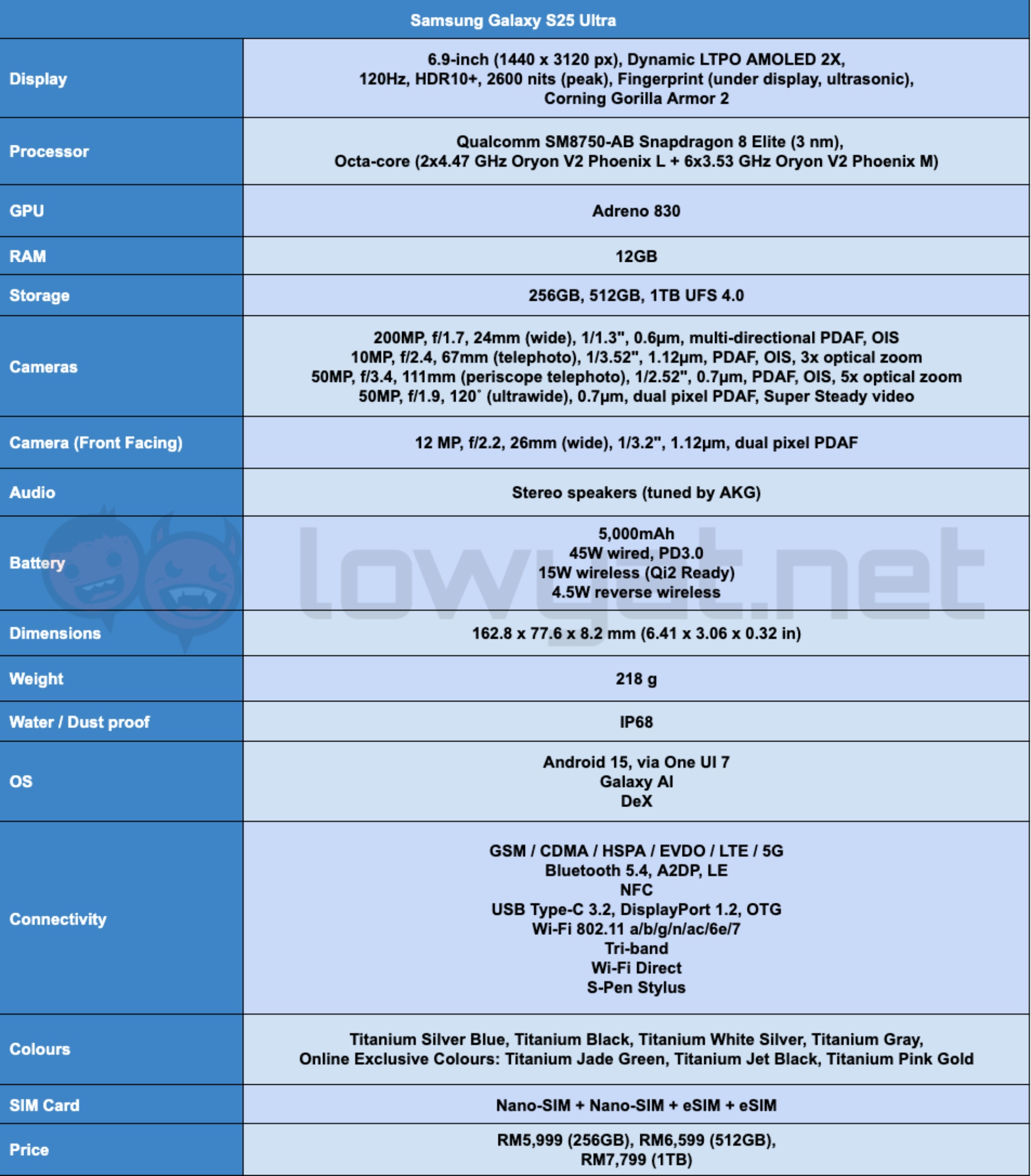
The long and short of it, the only significant hardware changes on the Samsung Galaxy S25 Ultra is the newer Snapdragon 8 Elite for Galaxy chipset and the 50MP sensor upgrade for its ultra-wide camera. Another notable change is the removal of Bluetooth functionality from the integrated S-Pen, which in turn also eliminates the need for a built-in battery. Everything else pretty much remains unchanged from last year’s Galaxy S24 Ultra.
Looks
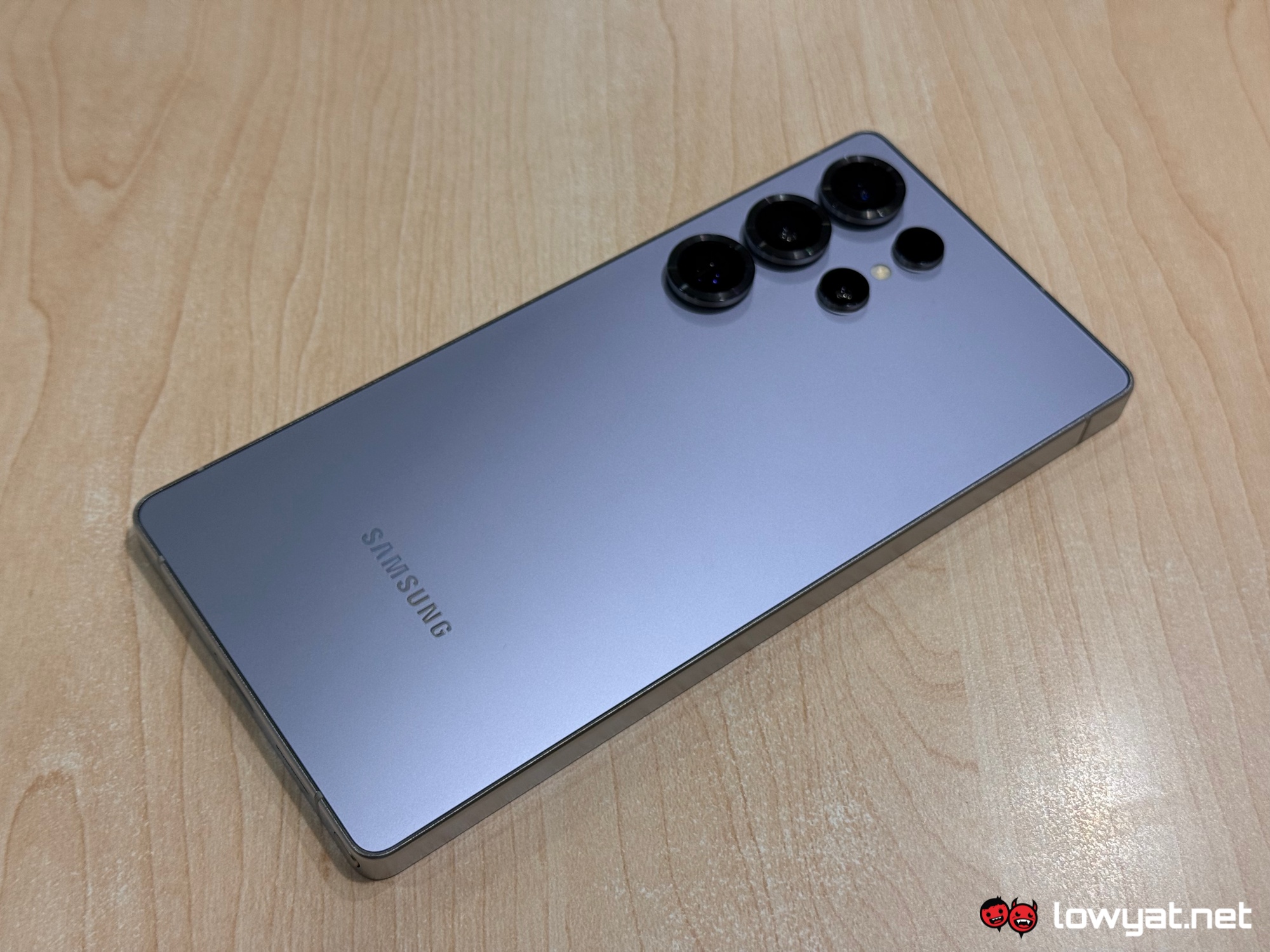
I have mixed feelings about flat frames, especially when they exist solely to follow current trends. Unfortunately, the Galaxy S25 series has fallen victim to this approach, and gone are the days when Samsung’s flagships had a distinctive aesthetic of its own. While I do like the Ultra’s new curvier edges, which make it more cohesive with the rest of its siblings, the overall presentation this time around feels cheap and uninspired. The mostly unchanged look of the rear panel isn’t doing much favours either.
A personal gripe: I miss the era when Samsung defined its flagship smartphones with curved displays, premium glass, and textured rear panels. Lavish, no doubt, but that was the point – high-end devices should exude luxury. Sadly, the Galaxy S25 Ultra falls short in this regard. Considering its top-end variant costs nearly RM8,000, it’s fair to expect something that looks like it’s worth that much.
Nitpicks aside, the phone feels solid and its reduced weight is noticeable, especially when operating it with one hand. However, it can be a bit slippery and even though it is advertised to feature Corning Gorilla Glass Armor 2 protection, I would highly recommend getting a case for the Galaxy S25 Ultra.
Functionality
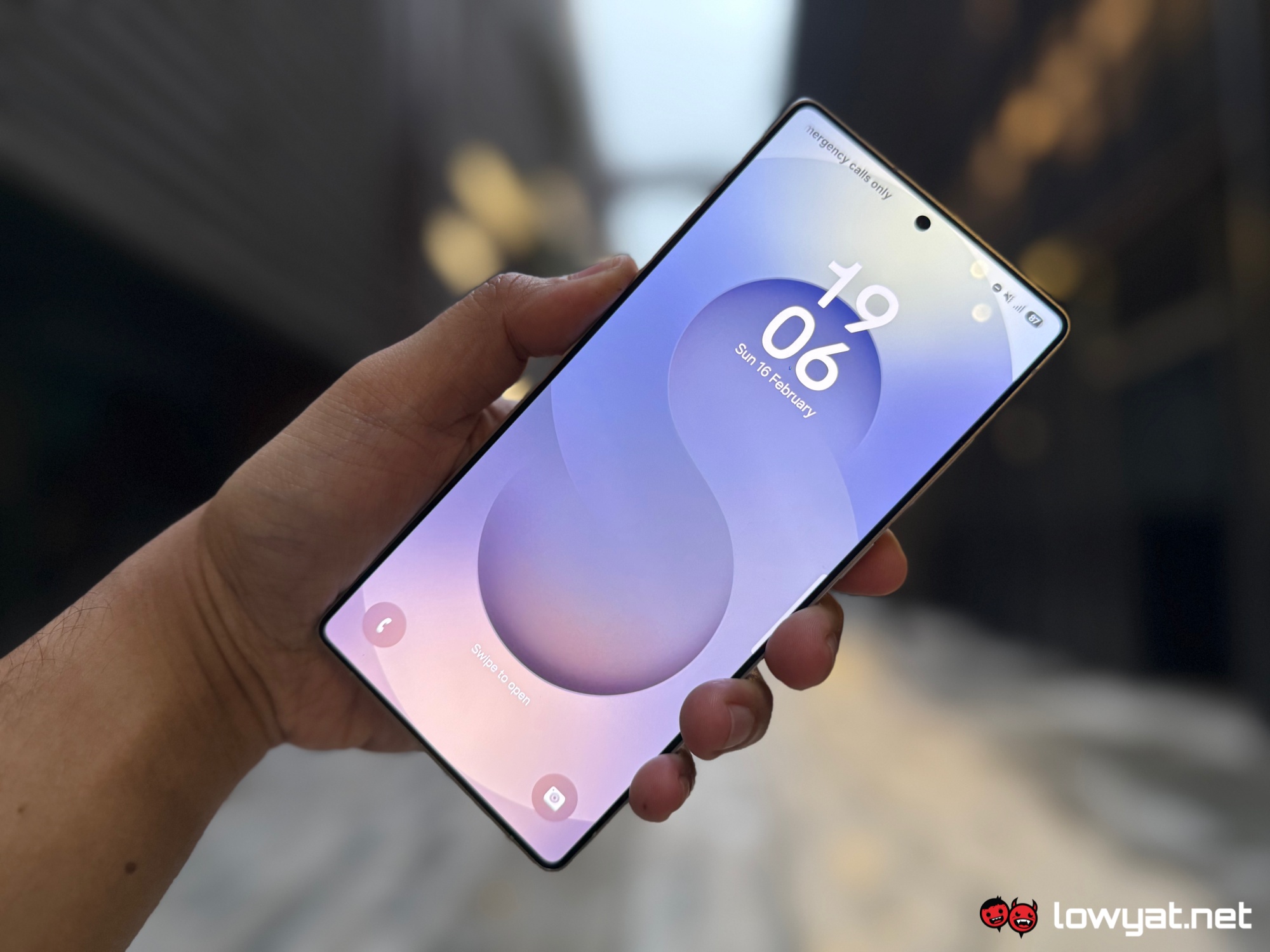
Like its predecessor, the Galaxy S25 Ultra is equipped with the same Dynamic LTPO AMOLED 2X panel from Samsung. The only difference is that the bezels have been thinned down, giving the phone a slightly larger screen estate of 6.9-inches. Again, like last year’s model, you can expect high quality visuals in high resolution, along with smooth refresh and response rates. Peak brightness is retained at 2,600nits, while that’s arguably lower when compared to competing models, it still performs quite well under broad daylight.
As for software, this is perhaps where the Ultra model shines the most. The latest iteration of Samsung’s Android platform, the One UI 7, continues to provide a smooth and user friendly experience. While visual changes are minimal, there are some new additions to the interface, with the Now Brief widget and the lock screen’s Now Bar being the more notable ones. The former provides a personalised briefing of selected content that updates throughout the day, while the latter displays information such as live notifications, music, or modes and routines on the lock screen. The Now Bar, in a way, can be considered as Samsung’s answer to Apple’s Dynamic Island feature.
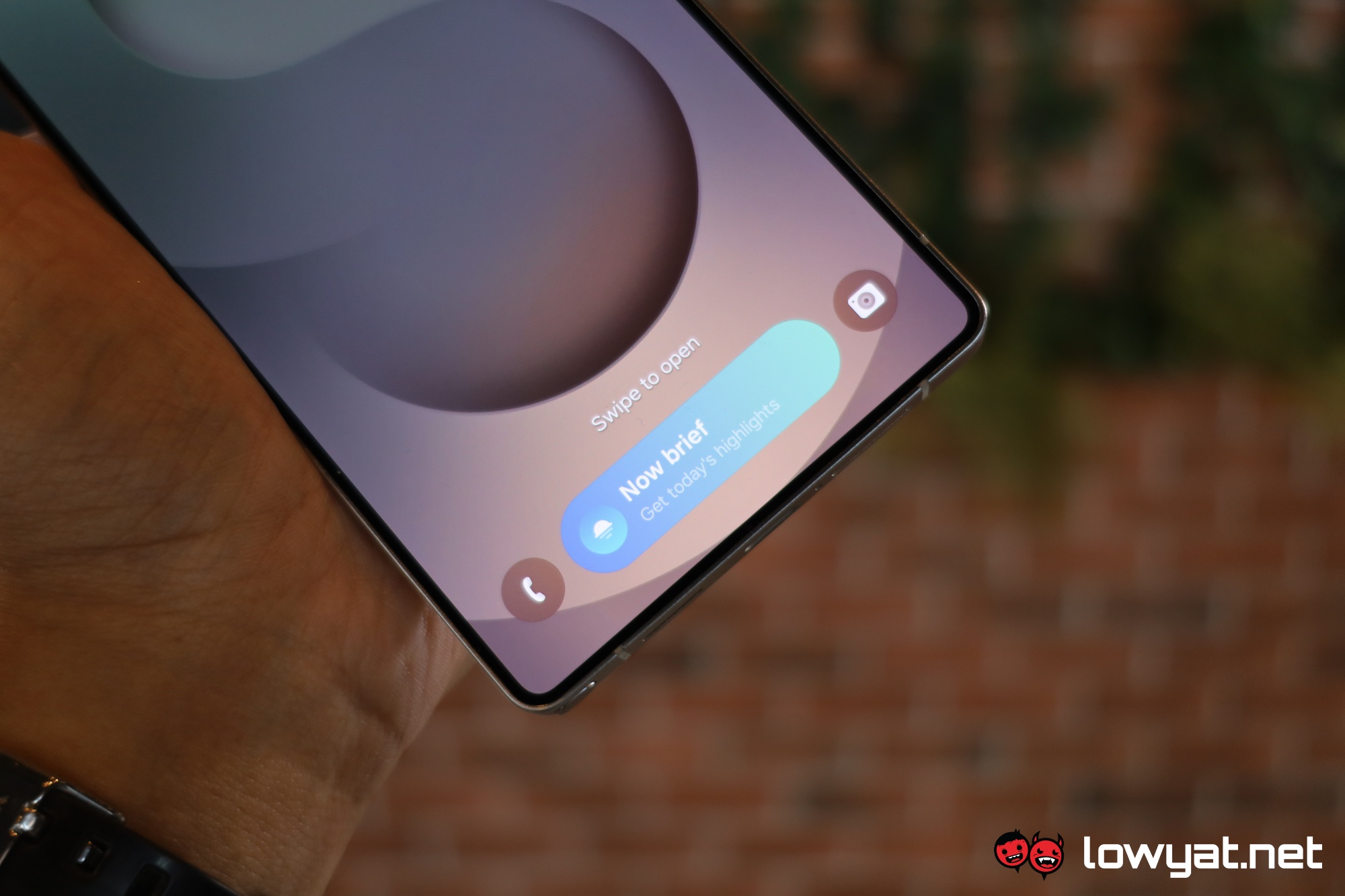
Speaking of Galaxy AI, all previously introduced features make a return on the Galaxy S25 Ultra. These include AI text summarisation and translation, real-time voice translation, audio transcription, Generative Edit, Sketch to Image, the fun Portrait Studio mode, and many others.
One returning feature which I really appreciate is the handwriting to text conversion tool from the Galaxy Notes app. With handwriting that’ll make a doctor blush, I’m quite impressed how accurate the conversion can be, but results may vary for different individuals. Another one being the much improved Object Eraser tool from the Generative Edit feature, which produces extremely impressive (yet terrifying) results. However, like before, you’ll need an active internet connection in order to utilise it.
Of course, there are some new Galaxy AI features, both passive and active, added to the mix. The aforementioned Now Brief delivers personalised summaries, daily schedules and curated recaps. Cross App Actions enhance Gemini AI’s integration, allowing tasks like summarising YouTube videos or sharing location info via text. Call transcripts and summaries offer automatic call recording, transcriptions, and AI-generated summaries in 20 languages. The Personal Data Engine customises user experiences based on habits while maintaining privacy. Improved visual search refines Circle to Search and AI Select for identifying, extracting and organising content across apps. Finally, Audio Eraser isolates and even enhances specific sounds from video recordings.
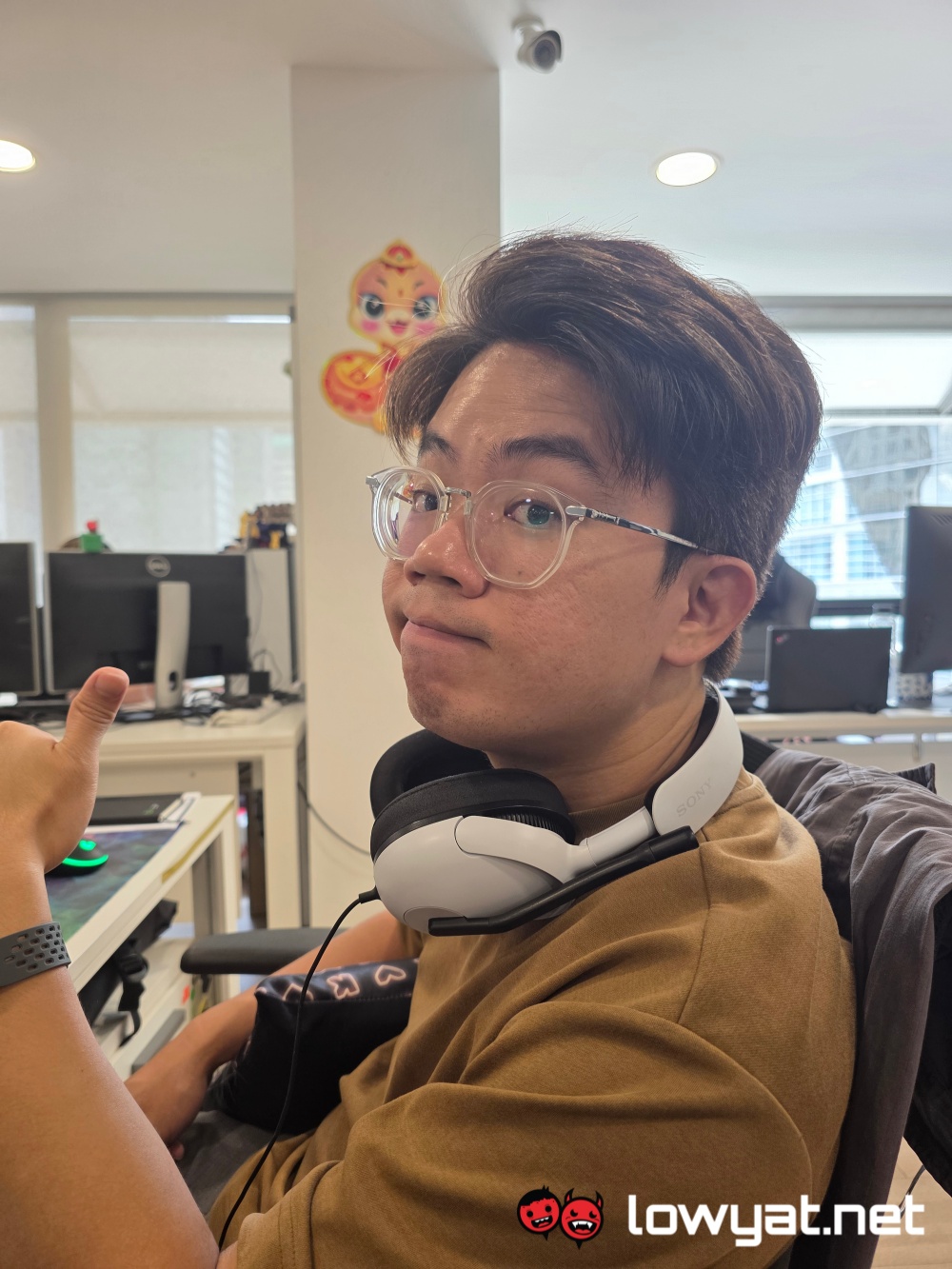
Regardless whether new or old, my stance on smartphone AI features are unchanged – be it Galaxy AI, Gemini, and so on. These are nice to have and are very useful when the situation calls for it, but I can still carry on with my day as usual without using them at all.
Now with that out of the way, let’s address the elephant in the room: the Galaxy S25 Ultra’s integrated S-Pen. Yes, it has been “dumbed down”, losing the various Bluetooth-enabled features due to the connectivity’s removal on this current iteration. It’s a bold move by Samsung, especially considering that these functions served as major selling points for both the stylus accessory and the phone it is integrated with.
But is it a dealbreaker? Well, maybe for those who actually take advantage of the capability. For what it’s worth, the new S-Pen still works as intended, delivering a smooth writing and drawing experience when used together with the Ultra’s already excellent display.

Personally, I’m in the camp that barely utilises the stylus’ Bluetooth connectivity, so I’m indifferent towards its removal. However, I won’t deny that the S-Pen has lost a couple of significant features as a result, including the ability to track its location via Samsung Find. Should you lose the accessory somehow, a replacement will cost you RM160, so take note.
Performance And Battery
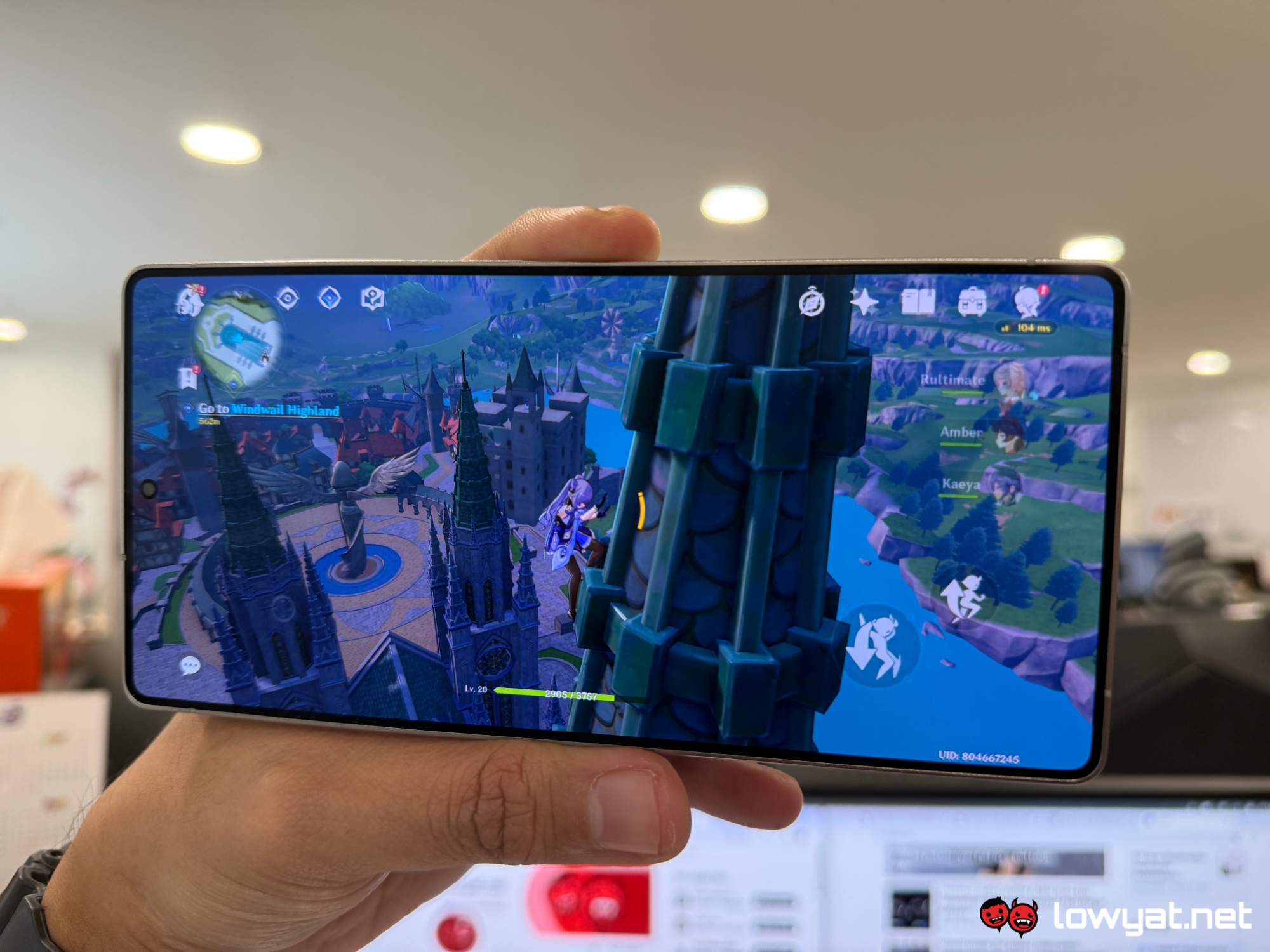
Galaxy AI, display size, integrated S-Pen and camera capabilities aside, another reason you’d want to consider the Samsung Galaxy S25 Ultra is the powerful Snapdragon 8 Elite chipset that’s equipped onboard. And it’s not your garden variety version either, but a souped up For Galaxy variant that’s co-tuned by Samsung and Qualcomm.
Benchmark results from Geekbench, Geekbench AI and 3DMark returned impressive results for the Snapdragon 8 Elite for Galaxy chip, and this is reflected in the phone’s performance in day-to-day use as well as gaming. Needless to say, the Galaxy S25 Ultra plows through everything you throw at it – be it Galaxy AI tasks, multitasking, and so on – with incredible ease and speed. Running games such as Genshin Impact and Zenless Zone Zero on the highest settings returned consistent framerates at above 60 frames per second with no signs of struggle, while loading times are also fast.
As for heat generation, you will experience the temperature building up in certain occasions such as when charging, running benchmarks and utilising the camera for video capture (especially when set to 8K), but never at an alarming rate. The difference is barely noticeable when compared to the Galaxy S25 Ultra’s predecessors, but it is actually considerably lower thanks to the enlarged vapour chamber.
Another improvement is battery efficiency. Even with the same battery capacity as last year’s model, the new Ultra powers through over 20 hours in our non-stop video streaming test – more than double the endurance of the Galaxy S24 Ultra, which tapped out at around 10 hours. As a daily driver, the phone delivered similar results, lasting close to three days on a single charge. Speaking of which, plugging it into a compatible 45W charger takes about an hour for a full top-up, while a quick half-hour charge grants approximately 70%, based on our testing.
Camera
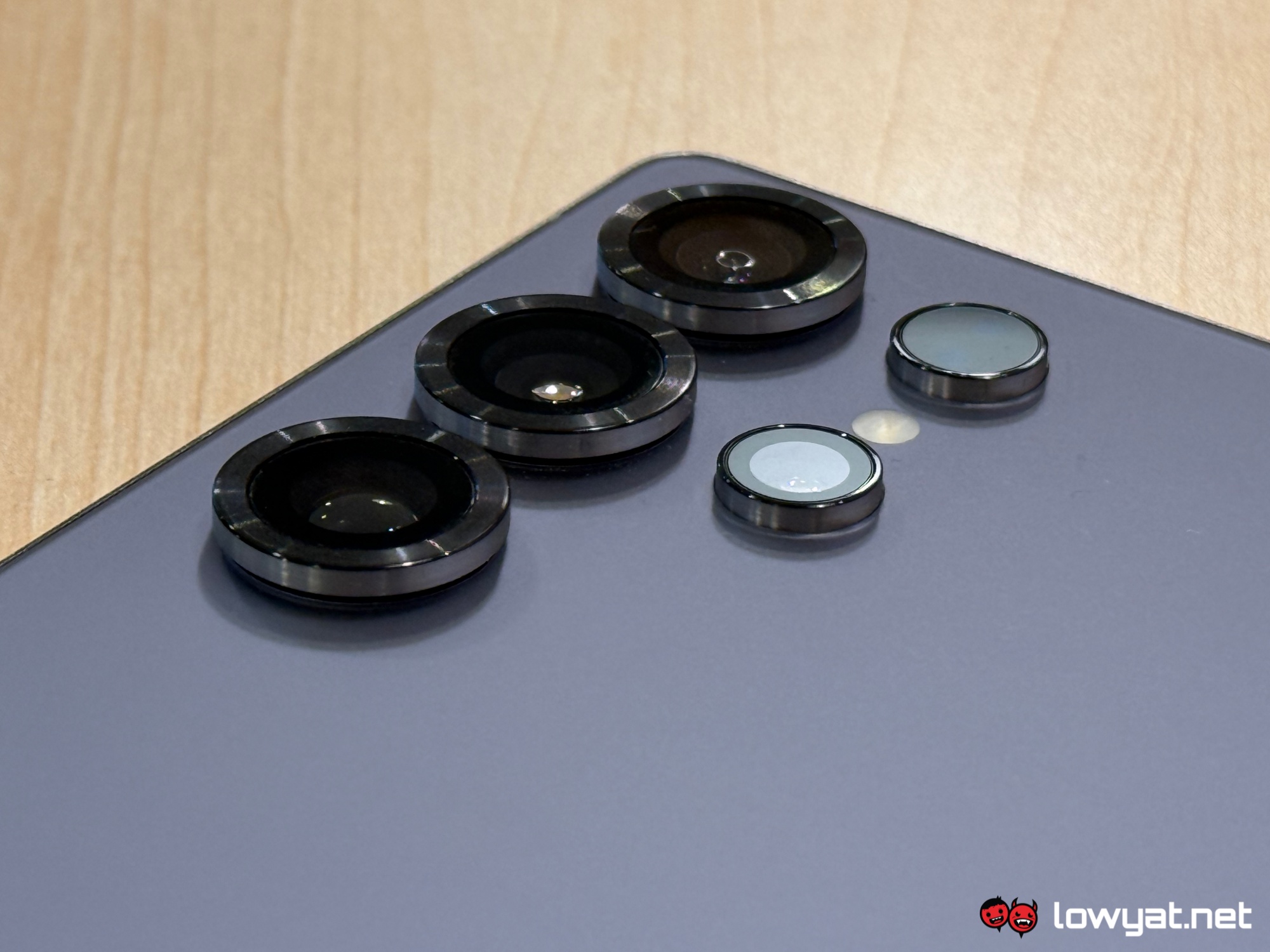
As mentioned earlier, the only new addition to the Samsung Galaxy S25 Ultra is the 50MP ultra-wide camera, which replaces its predecessor’s 12MP. Everything else – the 200MP primary, 50MP periscope telephoto with 5x optical zoom, 10MP telephoto with 3x optical zoom, and even the front-facing 12MP selfie snapper – is the same as last year’s model, but there have been substantial improvements on the software side of things.
Old or new, the cameras on the new Ultra deliver excellent results. Images look sharp and brimming with details, though I’m still not a fan of the high contrast produced by the default colour profile. On the flip side, I’ve noticed that colour saturation is much more consistent this time around.
Low-light performance also gets a significant bump via the aforementioned software tweaks, which improves and restores clarity, brightens certain areas and reduces highlights from bright sources. Similar enhancements are also used for digitally zoomed shots, at least up to 30x before things start to look muddy and artificial.
I admit that at first, I didn’t think much of the 50MP ultra-wide upgrade, but after snapping multiple photos with it, I’ve come to appreciate it more. The improvement in image quality is quite significant, especially compared to the 12MP sensor of its predecessor. Moreover, the previously mentioned low-light enhancements apply here as well, enabling detailed landscape shots regardless of the time of day, whether indoors or outdoors.

For videos, not much here has changed from the Galaxy S24 Ultra. You can record up to 8K at 30fps, but extended capture will cause the phone to heat up and drain its battery at a faster rate. Recording at lower resolutions allows for faster frame rates up to 60fps, with the exception of HD (720p), which caps at 30fps for some reason.
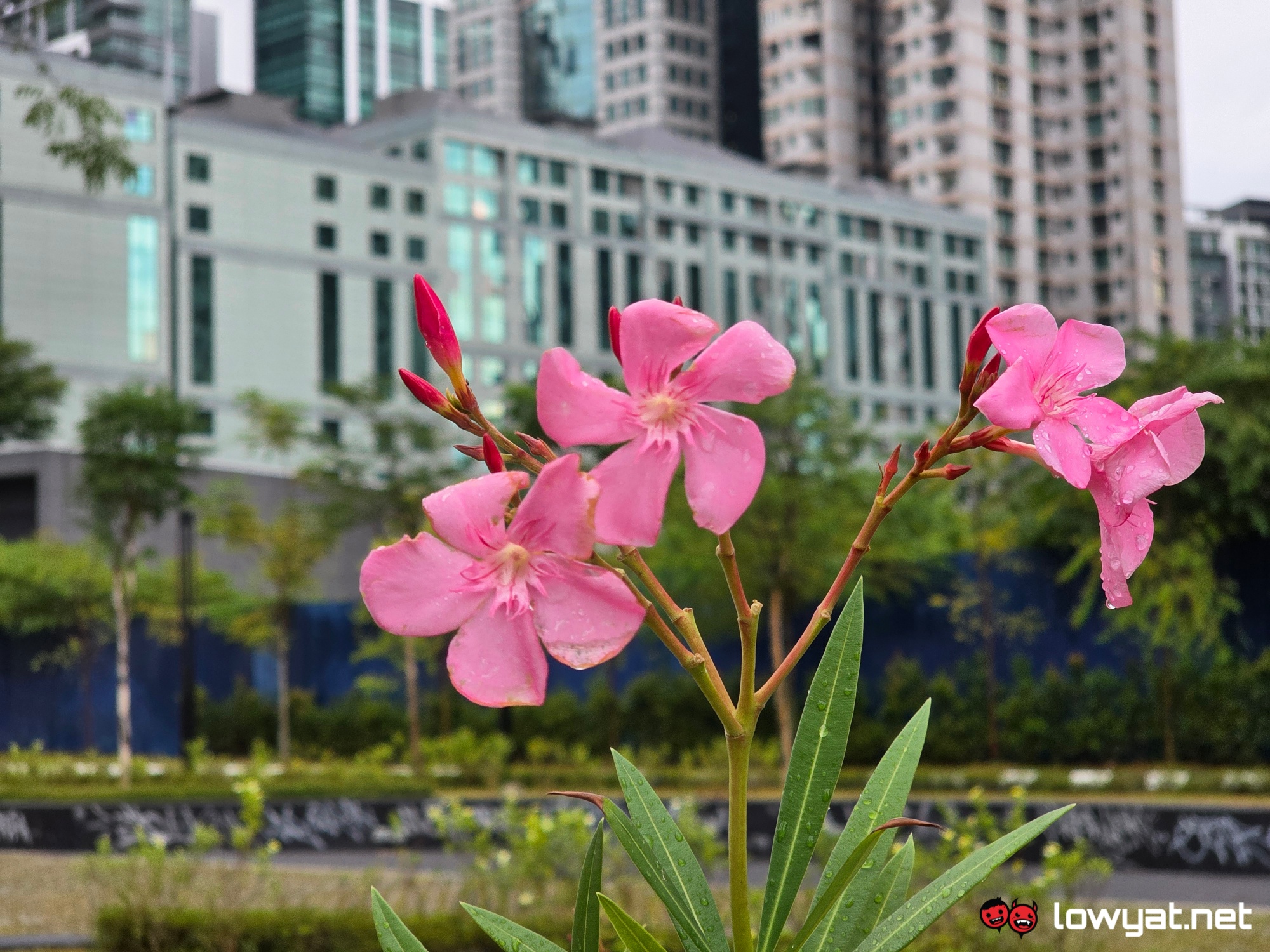
One standout feature is the Audio Eraser tool that was mentioned earlier, which is made available when editing videos on the Galaxy S25 series. Using AI, it provides users the ability to isolate, remove and even control the volume for certain noises (ie: voices, crowd noise, and music). It’s a useful addition for content creators who lack specialised hardware, but it won’t fully replace such equipment. Audio Eraser does have limitations, particularly in extreme situations, such as when environmental noise overwhelms the voices you want to focus on.
Sample Photos
Conclusion
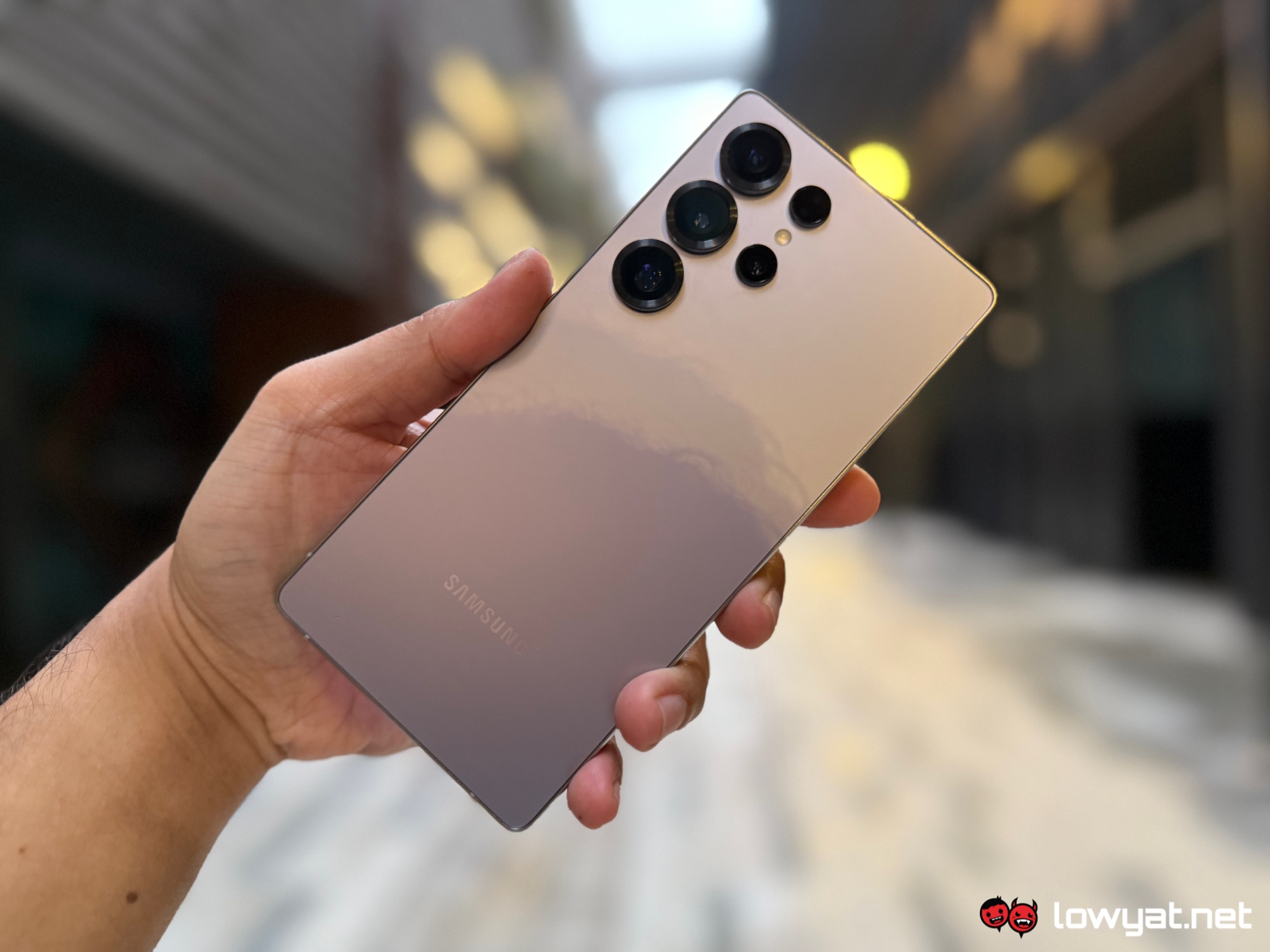
I’m going to be completely blunt: the Galaxy S25 Ultra is Samsung’s tamest top-end entry yet. The minimal innovation introduced results in a lack of the wow factor that made its predecessors stand out. The improvements primarily focus on essentials, while everything else is largely carried over from the previous model. The removal of Bluetooth from the integrated S-Pen doesn’t help either.
The fault here lies not with the Ultra itself, but with the brand itself. As I pointed out in my review of the Galaxy Z Flip6 last year, Samsung seems to have stopped challenging itself, opting instead for safer approaches. Honestly, I miss the days when the brand surprised everyone with new tech like built-in projectors, edge displays, and so on. These innovations weren’t always perfect, but they gave people a reason to look forward to Samsung’s next product.
Perhaps that excitement will return with the much-rumoured Galaxy Z tri-fold? Time will tell.
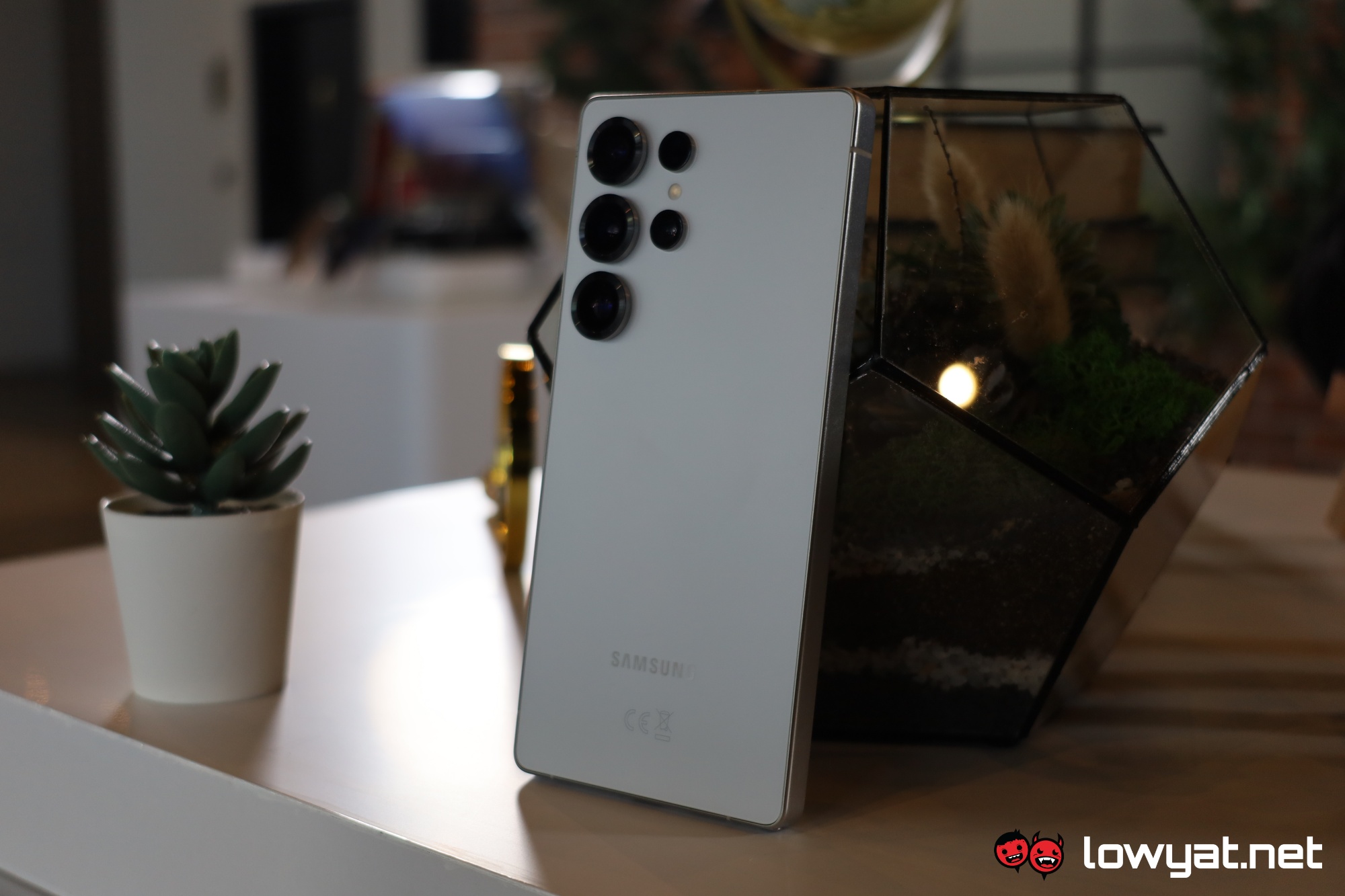
That said, despite its shortcomings, the Samsung Galaxy S25 Ultra is still an upgrade and a device worth considering for those upgrading from an older or lesser model. While the S-Pen isn’t as robust as before, the Ultra variant remains the only device on the market (at least in Malaysia) with an integrated stylus. It’s also worth noting that this year’s iteration starts at RM5,999, which is RM300 cheaper than its predecessor’s price at launch.
Follow us on Instagram, Facebook, Twitter or Telegram for more updates and breaking news.


